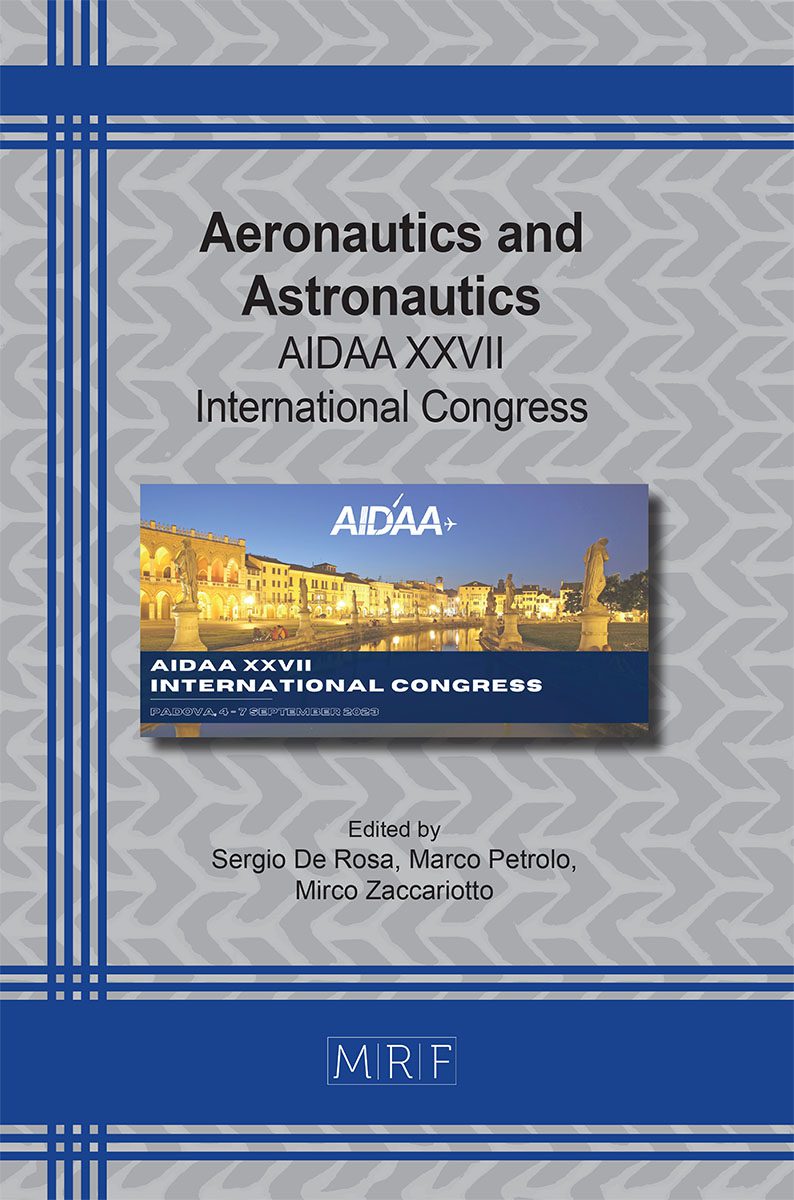Ten years of aero-servo-elastic tests at large POLIMI’s wind tunnel for active flutter control and loads alleviation
Sergio Ricci
download PDFAbstract. Born in the autumn of 2001, but fully operational since 2023, the large wind tunnel of Politecnico di Mlano turns 20 this year and today it is one of the 4 large research infrastructures of the University. Designed, from the point of view of fluid dynamics, entirely within Politecnico, it is close circuit wind tunnel characterized by a particular design that includes two test sections. The boundary layer section (14m x 4m x 38m), located in the return circuit, is particularly suitable for testing objects subjected to the action of the wind such as bridges, skyscrapers, stadiums and large roofing systems; this section is widely used for research in the wind energy sector. The low turbulence section (4m x 4m x 6m), located as usual between the convergent and divergent parts of the tunnel, is mainly used for aeronautical tests, such as airplanes and helicopters, but not only. Suffice it to recall the numerous tests carried out in the field of sport aerodynamics, because the dimensions allow the equipment to be tested directly with the athletes. The paper briefly describes
Keywords
Aeroelastic Wind Tunnel Testing, Gust Loads Alleviation, Flutter Suppression
Published online 11/1/2023, 4 pages
Copyright © 2023 by the author(s)
Published under license by Materials Research Forum LLC., Millersville PA, USA
Citation: Sergio Ricci, Ten years of aero-servo-elastic tests at large POLIMI’s wind tunnel for active flutter control and loads alleviation, Materials Research Proceedings, Vol. 37, pp 48-51, 2023
DOI: https://doi.org/10.21741/9781644902813-11
The article was published as article 11 of the book Aeronautics and Astronautics
![]() Content from this work may be used under the terms of the Creative Commons Attribution 3.0 license. Any further distribution of this work must maintain attribution to the author(s) and the title of the work, journal citation and DOI.
Content from this work may be used under the terms of the Creative Commons Attribution 3.0 license. Any further distribution of this work must maintain attribution to the author(s) and the title of the work, journal citation and DOI.
References
[1] Ricci, S., Toffol, F., De Gaspari, A., Marchetti, L., Fonte, F., Riccobene, L., Mantegazza, P., Berg, J., Livne, E., Morgansen, K., Wind Tunnel System for Active Flutter Suppression Research: Overview and Insights, AIAA Journal, Vol. 60, N. 12, 2022, p. 6692-6714. https://doi.org/10.2514/1.J061985
[2] N. Fonzi, S. Ricci, and E. Livne, “Numerical and experimental investigations of freeplay-based LCO phenomena on a T-Tail model,” in AIAA Scitech 2022 Forum, San Diego, CA,U.S.A. May 2022. https://doi.org/10.2514/6.2022-1346
[3] Ricci, S., De Gaspari, A., Fonte, F., Riccobene, L., Toffol, F., Mantegazza, P., Karpel, M., Roizner, F., Wiberman, R., Weiss, M., Cooper, J.E., Howcroft, C., Calderon, D., Adden, S., Design and Wind Tunnel Test Validation of Gust Load Alleviation Systems, 58th AIAA/ASCE/AHS/ASC Structures, Structural Dynamics, and Materials Conference AIAA SciTech 2017, ISBN: 9781624104534, p. 1-12, Grapevine, TX, USA, 9-13 Jan. 2017. https://doi.org/10.2514/6.2017-1818
[4] Toffol, F., Marchetti, L., Ricci, S., Fonte, F., Capello, E., Malisani, S., Gust and Manouvre Loads Alleviation Technologies: Overview, Results and Lesson Learned in the Framework of the Cs2 Airgreen2 Project, 19th International Forum on Aeroelasticity and Structural Dynamics (IFASD 2022), 2023, ISSN: p. 1-24, Madrid, Spain, 13-17 June 2022.












